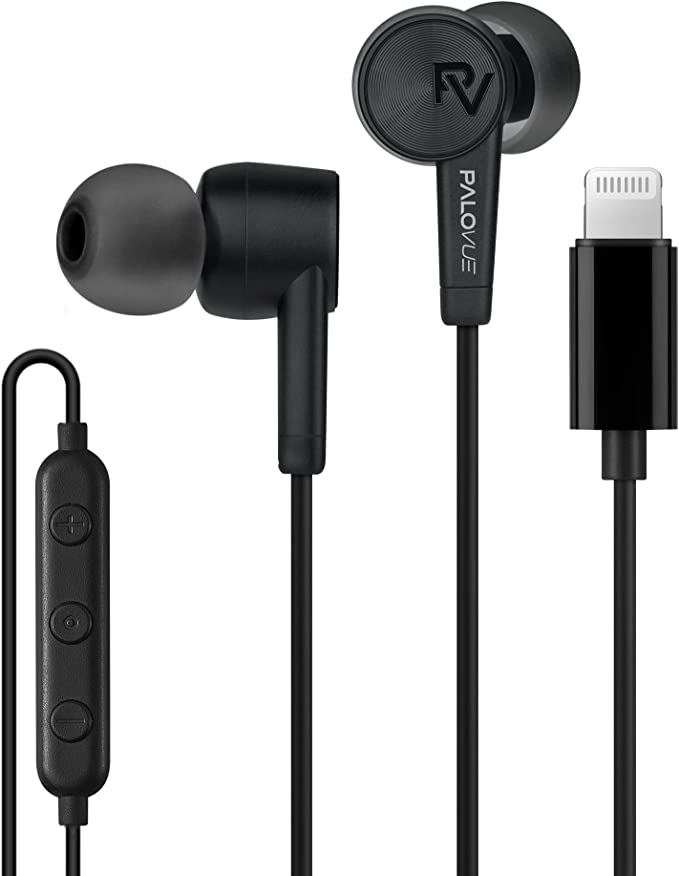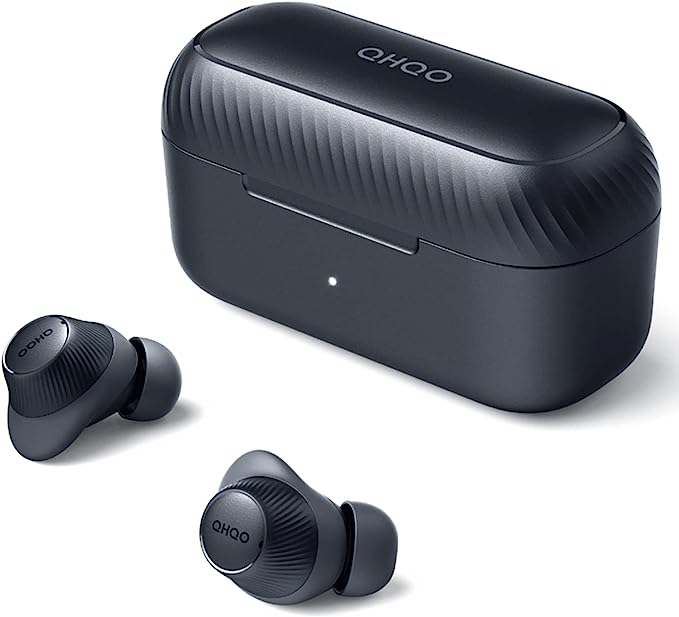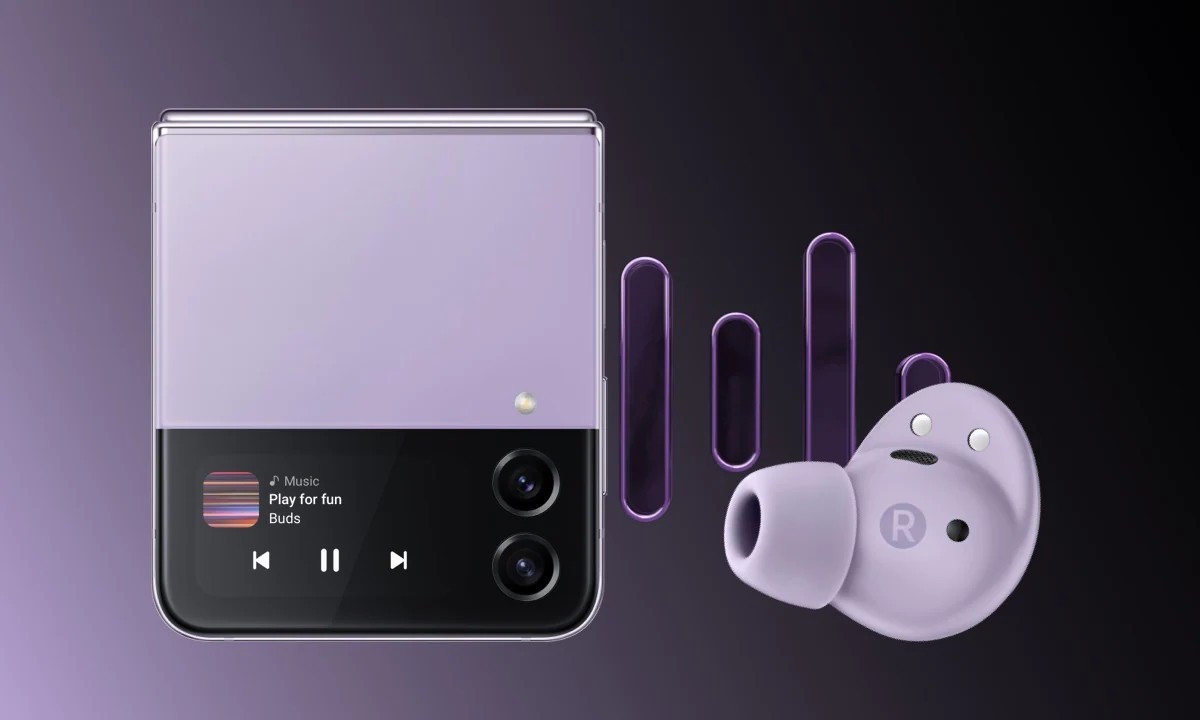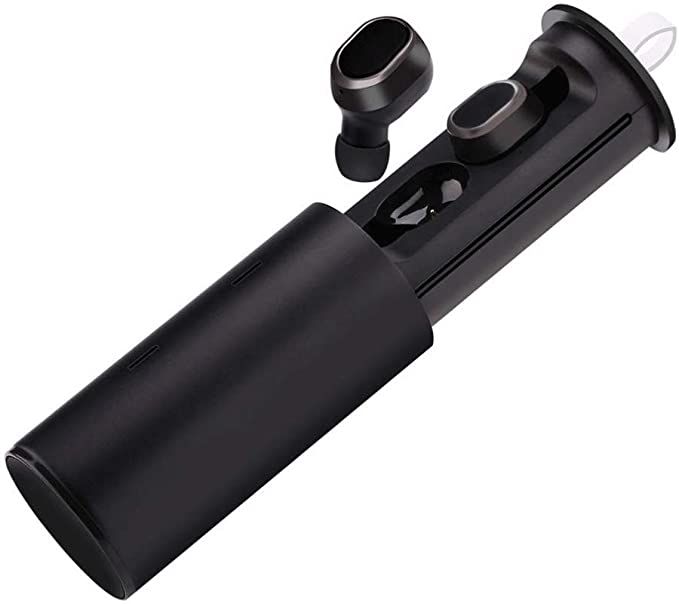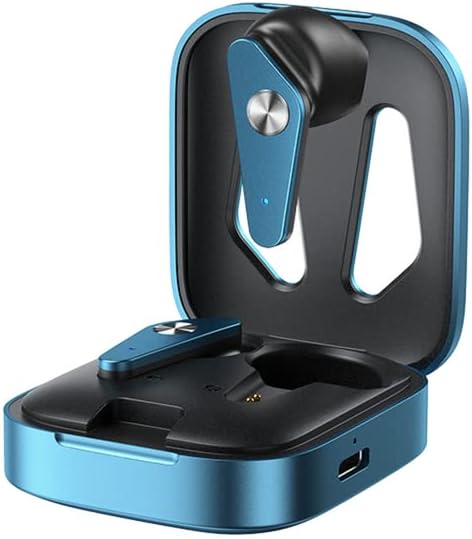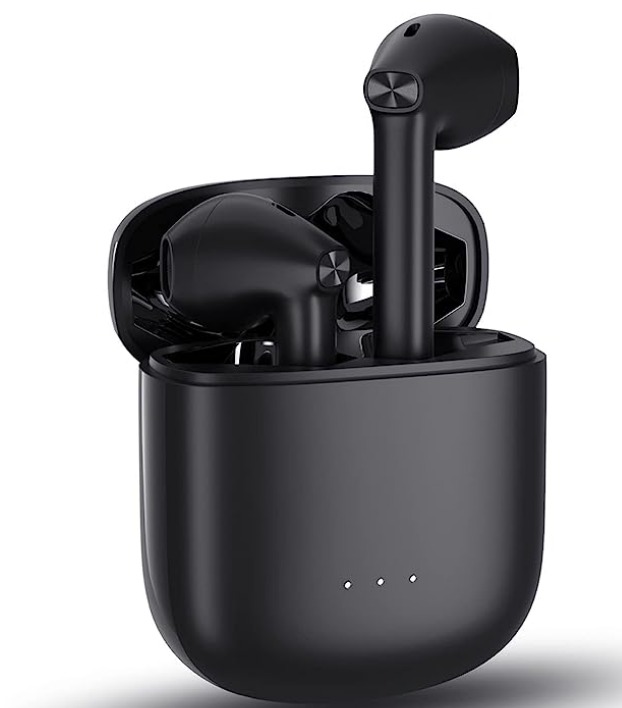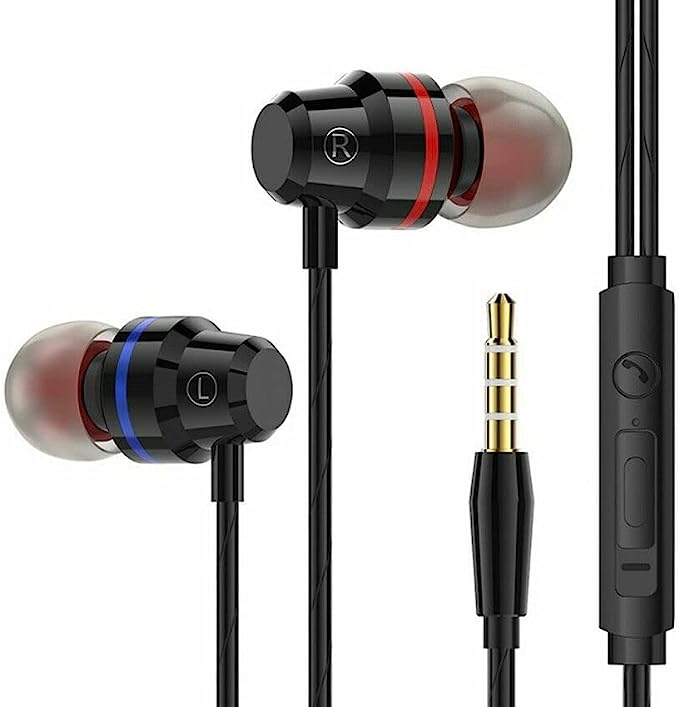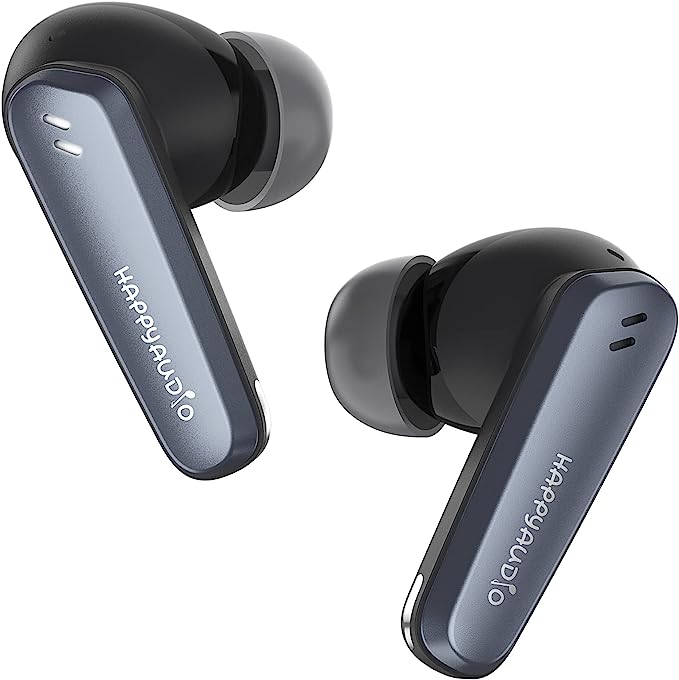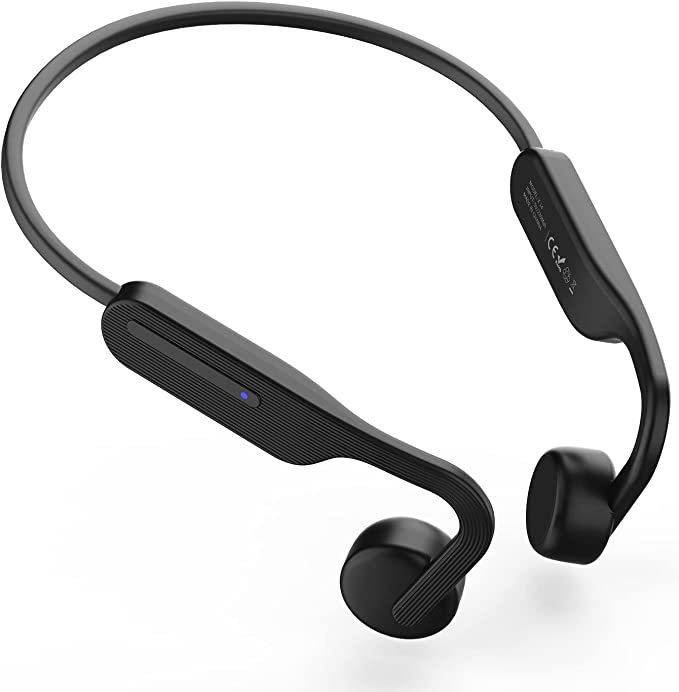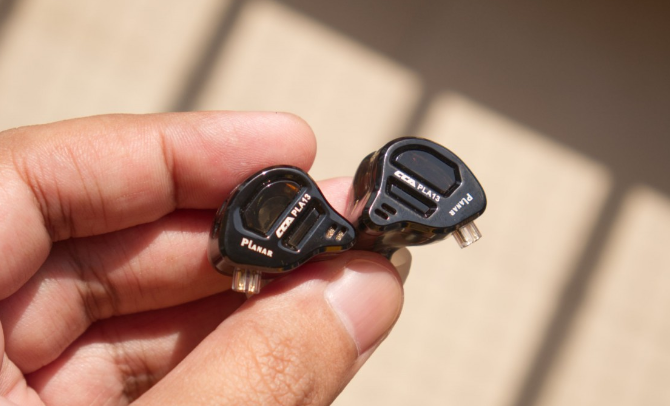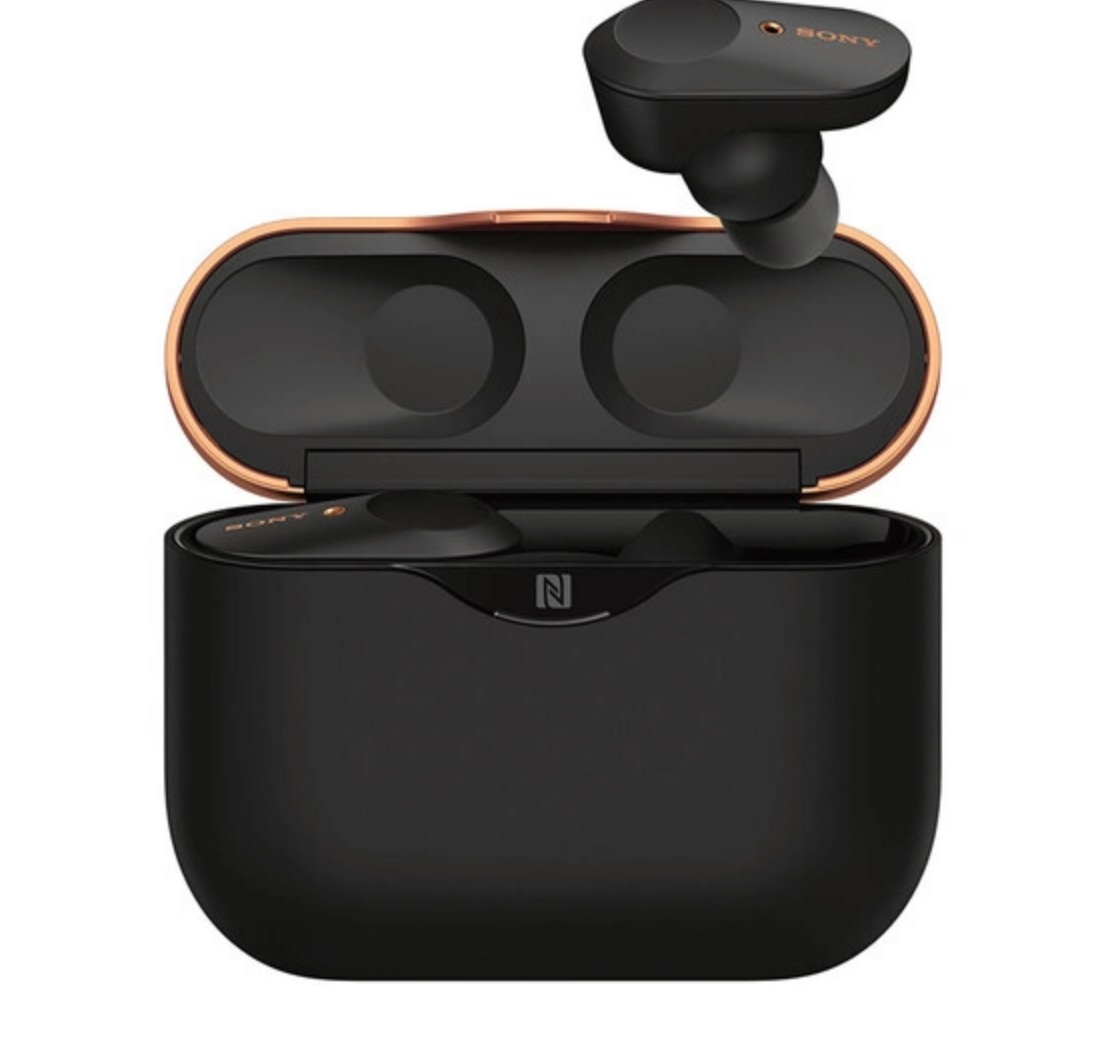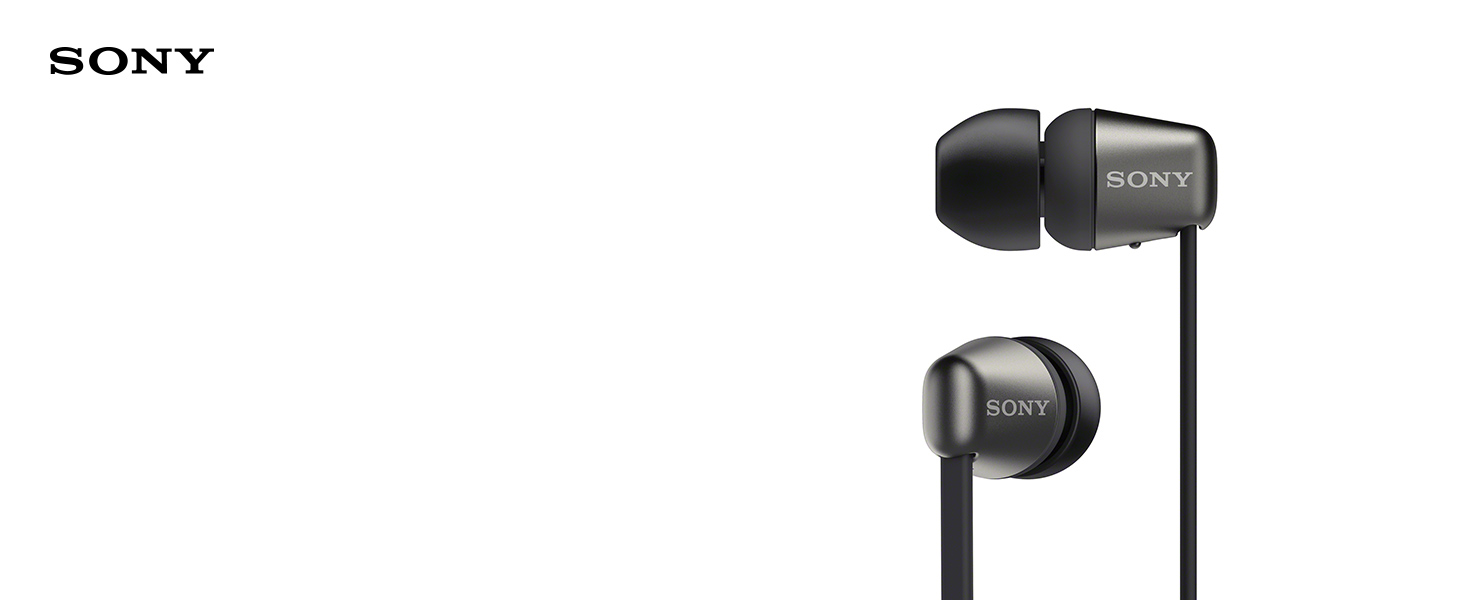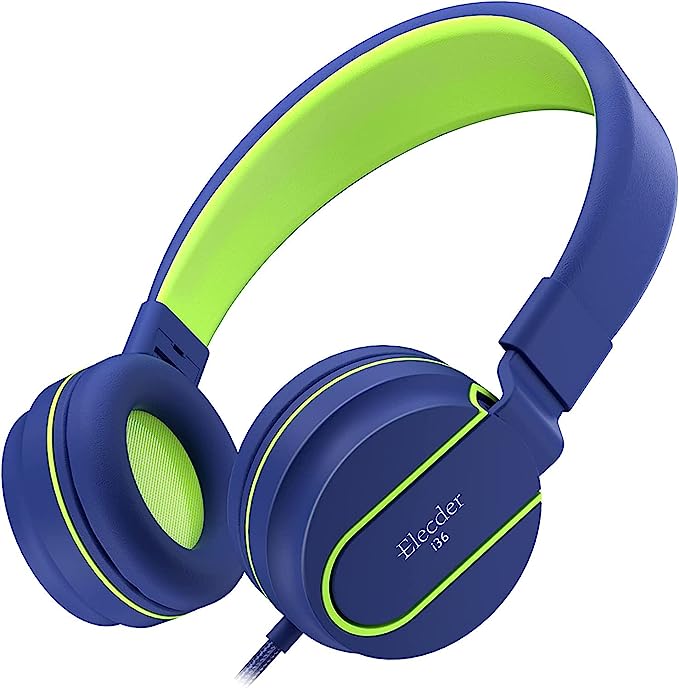Unolyo U-14A USB-C Wired Earbuds - Crisp Audio and Wide Compatibility
Update on July 2, 2025, 8:28 a.m.
There’s a certain nostalgia, a tangible sense of history, that comes from untangling an old pair of 3.5mm headphones. The white cables, perhaps yellowed slightly with time, the satisfying click as the metal plug seats into its port—it was a universal language of personal audio for the better part of half a century. From the revolutionary Sony Walkman that put a soundtrack to our jogging, to the iconic white earbuds of the iPod era that became a generational symbol, that little round port was our steadfast, analog friend. It just worked.
Then, almost overnight, it vanished. In the relentless pursuit of millimeter-thin phones, IP68 water resistance, and an ambitious, untethered wireless future, smartphone manufacturers performed a quiet, clinical execution. The headphone jack was gone, leaving behind a sleek but lonely USB-C port. This new connector was a marvel of engineering—a powerful, reversible, do-it-all conduit for data and electricity. But it posed a new, fundamental question to the average person: How do you get music out of a charging port? And how can a simple, affordable earbud like the UNOLYO U-14A possibly be the answer?
The solution lies in a beautiful symphony of old-school physics and modern digital wizardry, all elegantly packaged in a device that costs less than a movie ticket. To understand it is to understand the entire landscape of modern audio.

The Universal Translator: Your Pocket-Sized DAC
The core of the challenge is a language barrier. Your phone, your tablet, your laptop—they all speak digital. Your music is stored as a vast library of ones and zeros, a precise but soulless binary code. Your ears, however, are analog instruments. They perceive sound as rich, continuous waves of pressure in the air. A direct conversation between the two is impossible. You need a translator.
This is where the magic of a Digital-to-Analog Converter (DAC) comes in. Hidden inside the cable of the UNOLYO U-14A is what its marketing calls a “Smart DAC chip.” Forget the marketing jargon; think of it as a miniature, highly skilled diplomat. Its sole job is to receive the torrent of digital data from the USB-C port and, in real-time, translate it into an analog electrical signal. It takes the cold, hard numbers of the digital file and sculpts them into a smooth, flowing electrical wave that faithfully represents the original music—the gentle curve of a cello’s note, the sharp peak of a snare drum.
In the age of the 3.5mm jack, this diplomat was housed inside the phone. With USB-C audio, the embassy has moved into the headphone cable itself. A well-designed DAC, even a tiny one, is crucial. It’s the difference between a clear, articulate translation and a garbled mess of static and pops. It’s the reason a modern digital device can create clean, pleasing sound through its charging port, a feat made possible by standardized protocols like the USB Audio Class (UAC) that allow devices from Samsung to Apple to Google to speak the same language with the DAC.

The Ancient Heartbeat: The Unchanging Magic of the Dynamic Driver
Once our diplomat, the DAC, has crafted the analog signal, it’s passed on to the heart of the earbud: the driver. The U-14A uses a 10-millimeter dynamic driver, a piece of technology that is, in principle, over a century old and remains the bedrock of most speakers and headphones today. It is a testament to the sheer elegance of its physics.
Imagine a master drummer sitting inside each earpiece. The driver is that drummer. It consists of a diaphragm (the drum skin), a voice coil attached to it (the drummer’s hand), and a magnet (the source of power). The analog signal from the DAC flows into the voice coil, turning it into an electromagnet that rapidly interacts with the permanent magnet’s field. This interaction pushes and pulls the diaphragm, causing it to vibrate with incredible precision. These vibrations are what create the sound waves.
The size of the drum matters. A 10mm diaphragm is quite large for an earbud, allowing it to move more air. This makes it particularly adept at reproducing low-frequency sounds. It’s why a user like Wolf*Star on Amazon can report a “very good bass depth” from such an inexpensive device. It isn’t magic; it’s physics. The engineers have given the drummer a larger, more resonant drum to play, allowing for that satisfying, foundational thump that anchors so much of modern music.

The Personal Sanctuary: The Simple Physics of Silence
Of course, great sound can be easily lost in a noisy world. This is where the U-14A’s physical design comes into play. It doesn’t use fancy electronics for Active Noise Cancellation. Instead, it relies on a more fundamental and reliable principle: Passive Noise Isolation.
Think of it as creating your own personal, soundproofed sanctuary. The ergonomic, 45-degree angled shape of the earbuds is engineered to follow the natural path of your ear canal. When you insert them, they create a snug, comfortable seal. This physical barrier simply blocks a significant portion of external, higher-frequency ambient sounds—the chatter of a coffee shop, the hum of an air conditioner—from ever reaching your eardrum. It’s a solution born from intelligent design, not complex circuitry, and it’s what allows a user to feel immersed in their music or a call, even in a bustling environment. It’s a sentiment echoed by users who praise the comfortable and secure fit, a direct result of this ergonomic science.

The Verdict: In a Wireless World, a Case for the Humble Wire
It’s easy to dismiss wired headphones as an anachronism in our Bluetooth-obsessed world. But consider this scene: you have a critical work call in two minutes, and your wireless earbuds chirp their last, mournful “battery low” warning. The frantic search for the charging case, the desperate hope for a quick five-minute charge—it’s a uniquely modern anxiety. Then, you see the humble wired earbuds. You plug them in. They just work. Instantly.

This is the quiet, enduring value of a device like the UNOLYO U-14A. It offers zero latency, making it superior for gaming or watching movies where a split-second audio delay can be maddening. It offers unwavering reliability and never needs to be charged. And it offers this performance at a fraction of the cost. Of course, it’s not without its trade-offs. The wire can snag on a doorknob, and it can transmit the annoying rustle of your jacket—a phenomenon known as the stethoscope effect.
But in the end, the UNOLYO U-14A and its kin are not trying to be technological pioneers. They are paragons of “appropriate technology.” They are a quiet testament to the idea that in a world of constant updates, pairing protocols, and charging cycles, there is an eloquent, undeniable simplicity in the direct connection—a simple wire carrying a beautiful sound, translated with precision, and delivered with a physical heartbeat you can feel. It’s a reminder that sometimes, the most intelligent solution is the one that solves a problem so reliably that you forget it’s even there.



